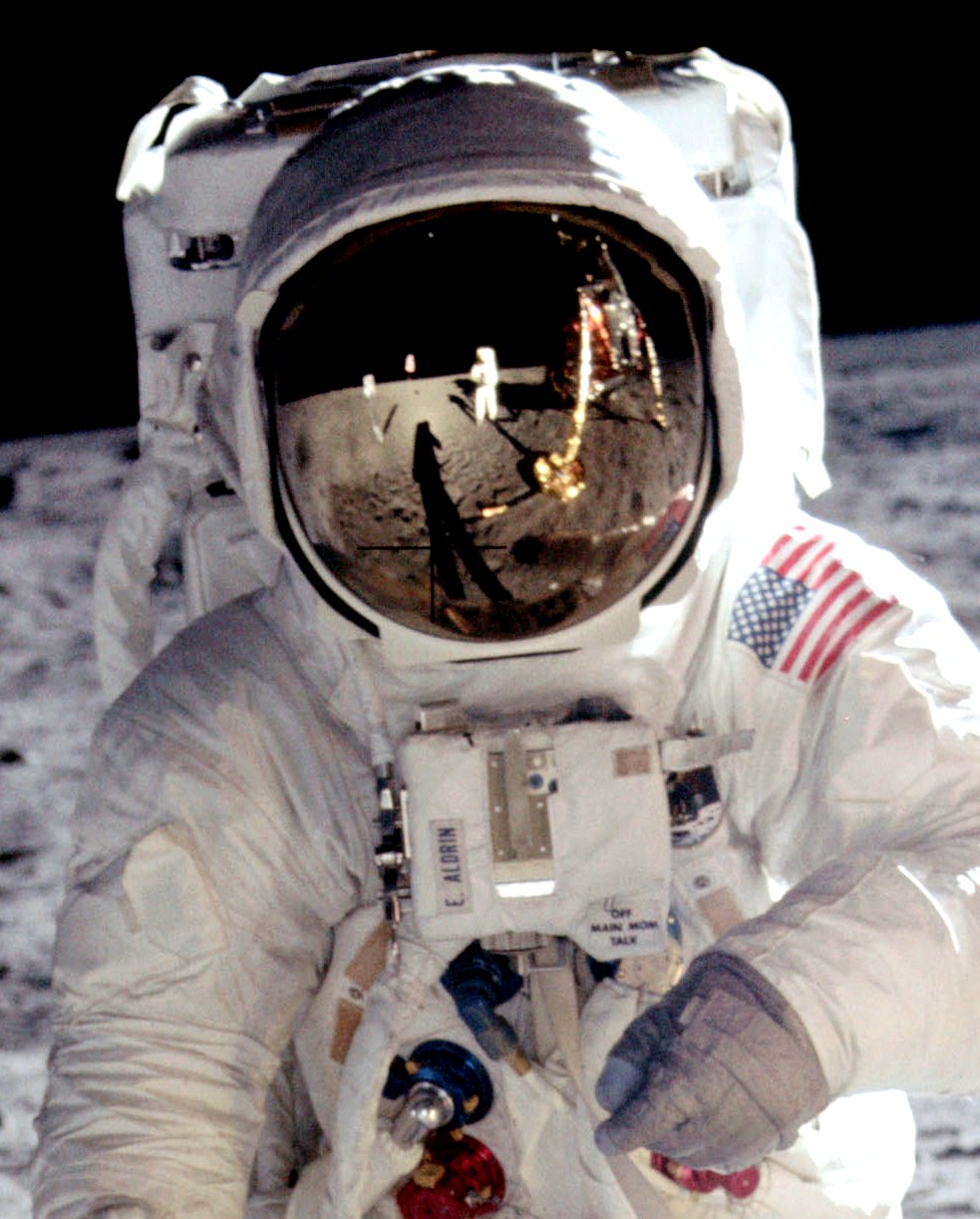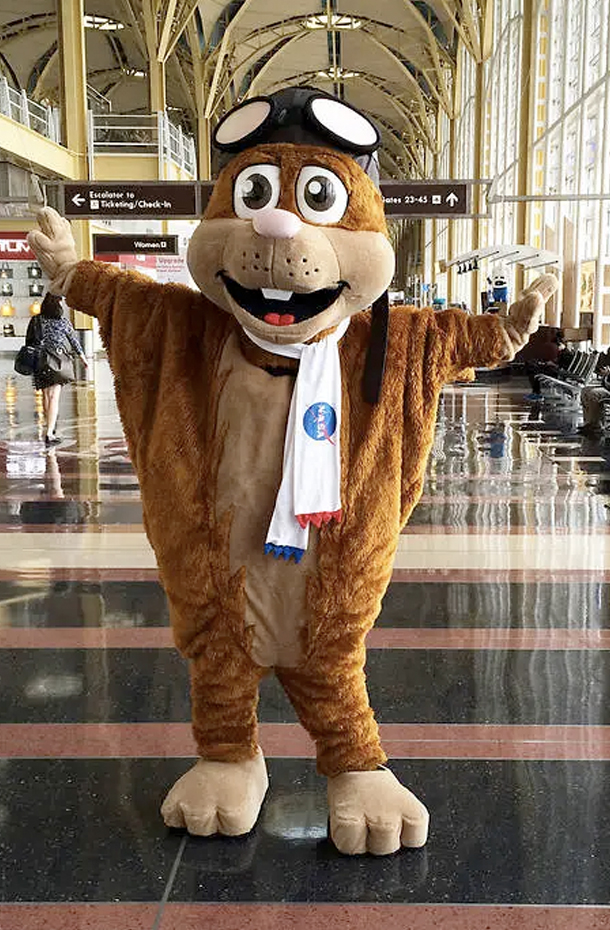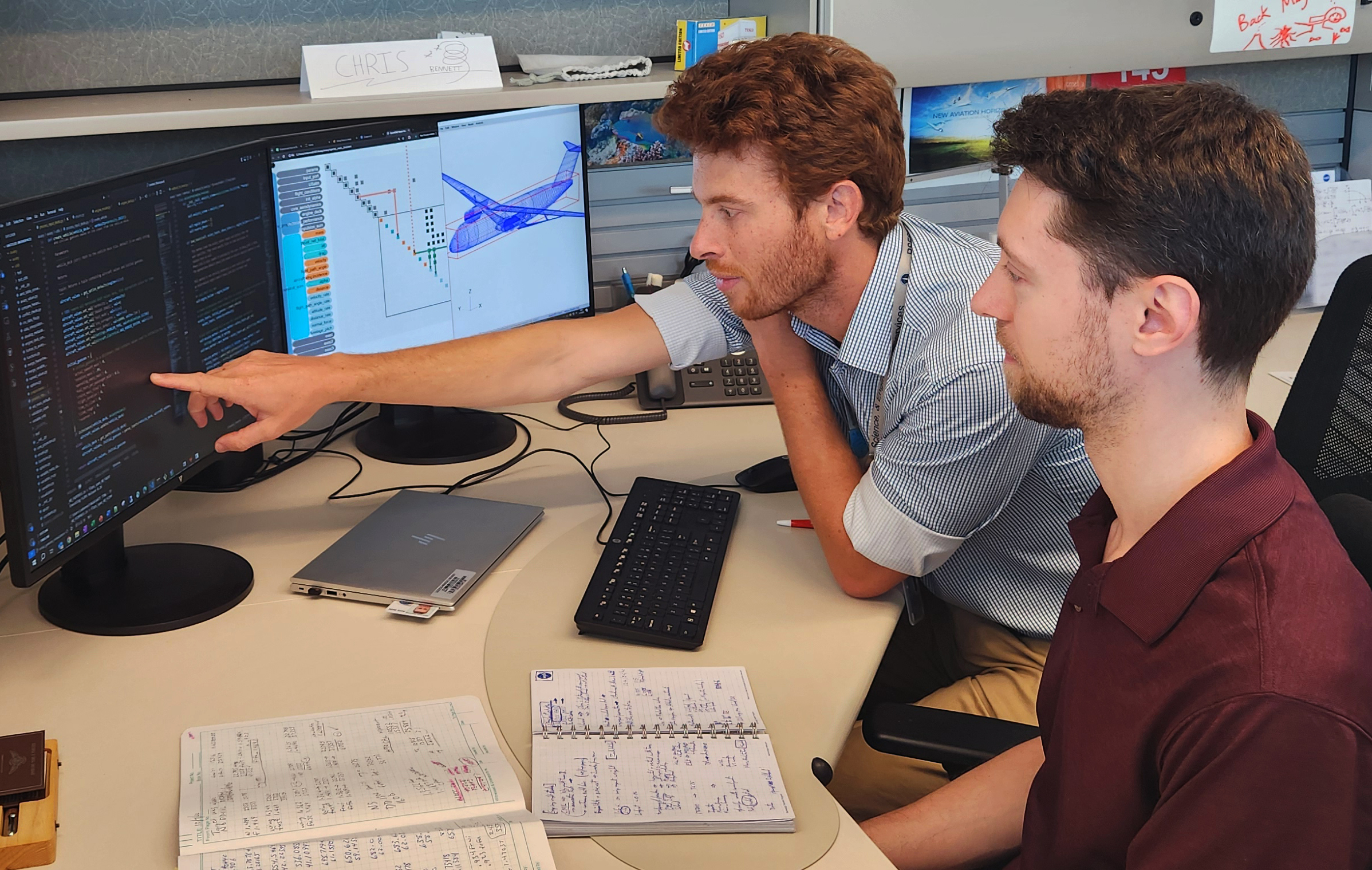4 min read
Preparations for Next Moonwalk Simulations Underway (and Underwater) 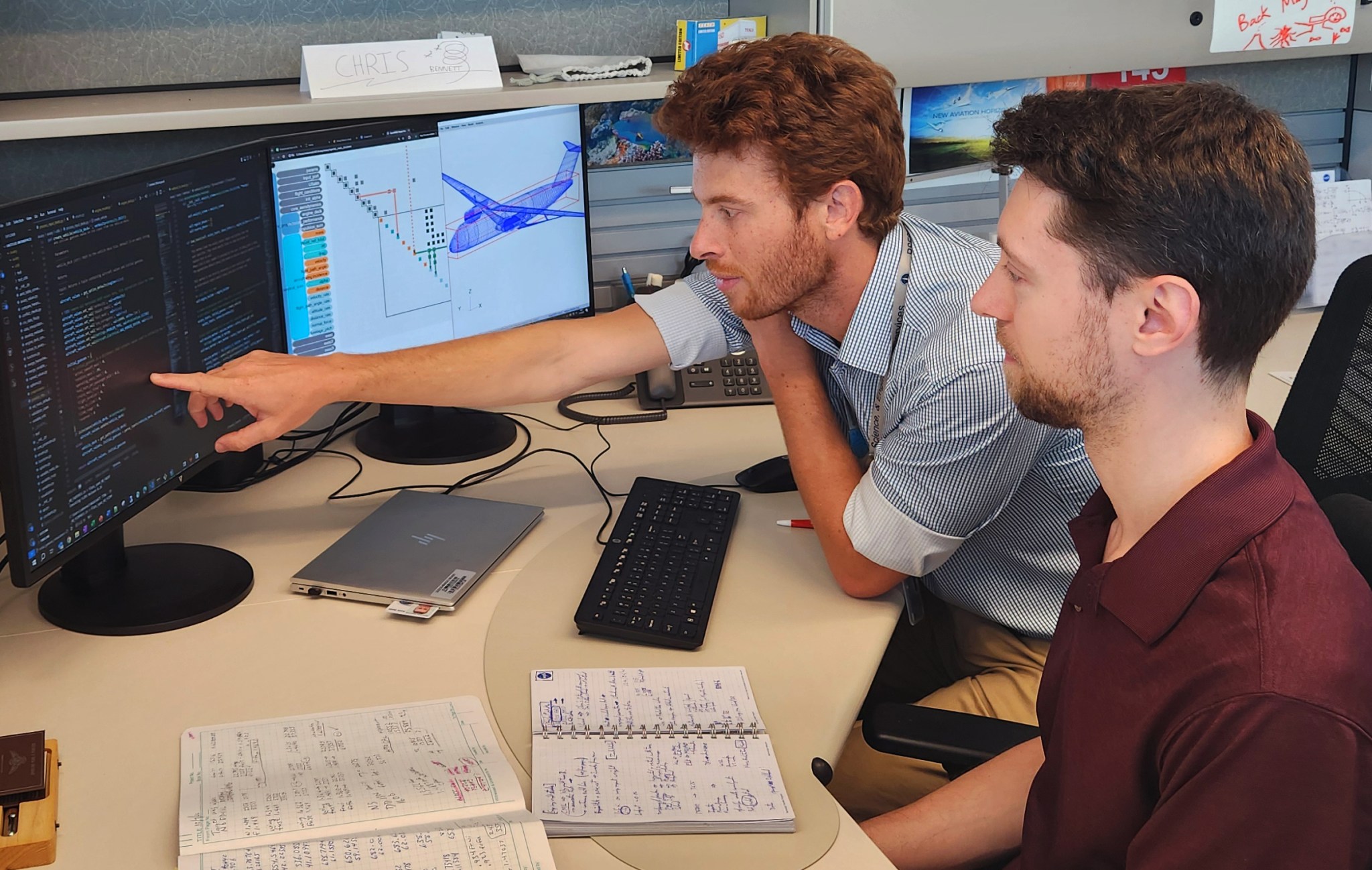 Christopher Bennett, left, and Jason Kirk are seen in an Aeronautics Systems Analysis Branch laboratory at NASA’s Langley Research Center in Virginia, discussing computer code that is part of Aviary, a new digital modeling tool that helps engineers innovate new aircraft designs. NASA has created a new digital modelling tool for aeronautical engineers to innovate new aircraft designs, building on decades of experience using highly advanced computer code for aviation.
Christopher Bennett, left, and Jason Kirk are seen in an Aeronautics Systems Analysis Branch laboratory at NASA’s Langley Research Center in Virginia, discussing computer code that is part of Aviary, a new digital modeling tool that helps engineers innovate new aircraft designs. NASA has created a new digital modelling tool for aeronautical engineers to innovate new aircraft designs, building on decades of experience using highly advanced computer code for aviation.
Using this tool, researchers can create simulations of conceptual aircraft featuring never-flown technology and receive detailed data about how it would work.
Named “Aviary” for enclosures where birds are kept and studied, the tool creates virtual models of airplanes based on information provided by the user. In this analogy, Aviary is the enclosure, and the birds are the virtual airplane models.
Researchers can input information about an aircraft’s shape, range, and other characteristics. Then, Aviary creates a corresponding digital model of that airplane.
“Aviary is flexible enough that you can decide what you want to learn more about, then configure it to teach you.” 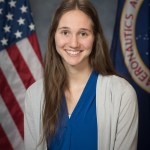 Jennifer Gratz
Jennifer Gratz
Aviary Task Lead
Aviary is a significant leap in progress. Unlike past aviation modelling tools, Aviary can link with other codes and programs to expand and customize its capabilities.
“We wanted to make it easy to extend the code and tie it in with other tools,” said Jennifer Gratz, who leads Aviary’s integration and development. “Aviary is intentionally designed to be able to integrate disciplines together more tightly.”
Aviary is free and accessible to all. The code continues to grow as contributions are made by the public. The code is hosted on GitHub, along with its key documentation.
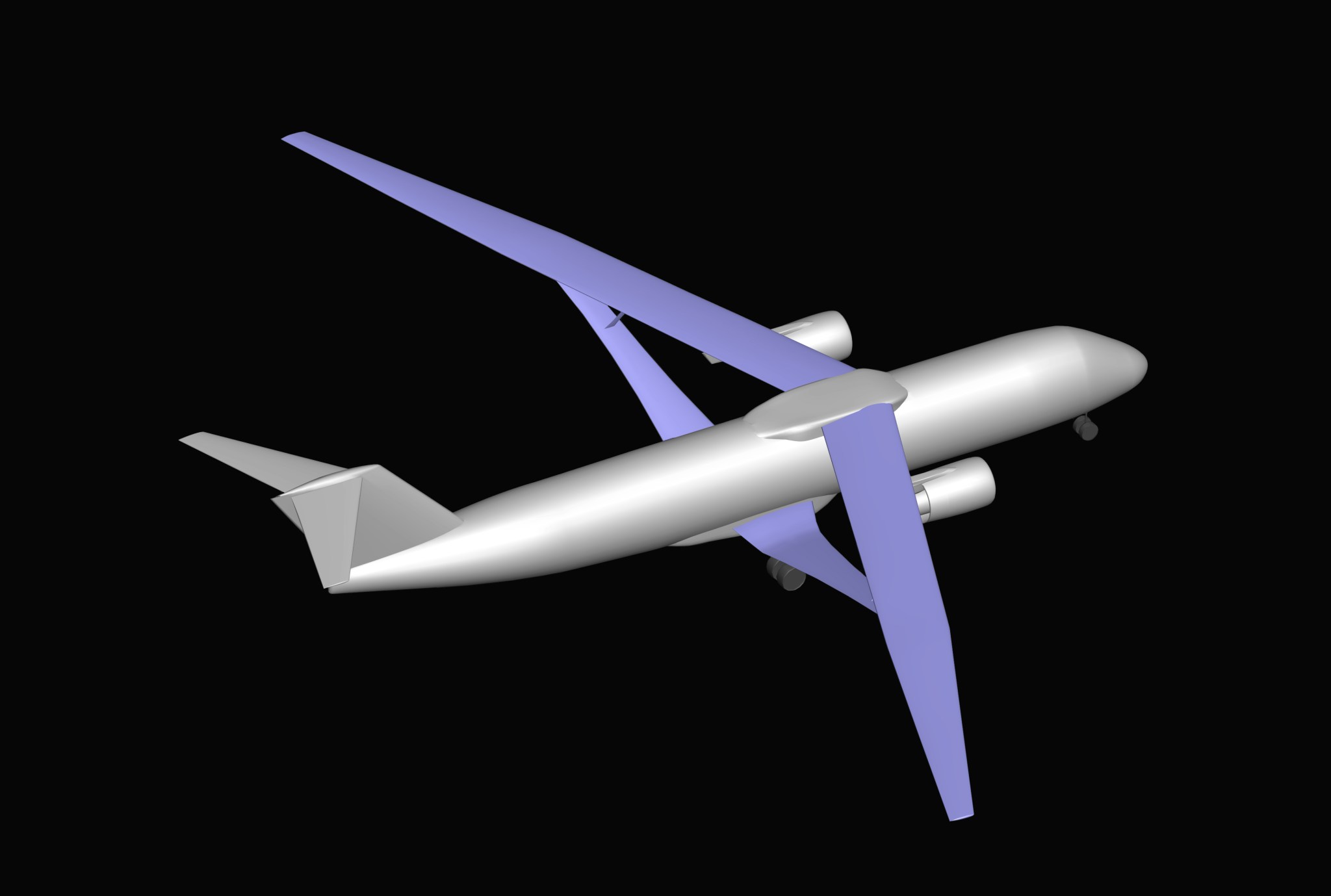 This image of a Transonic Truss Braced Wing airplane represents a digital model created by Aviary, a new computer modelling tool aeronautical engineers can use to innovate new aircraft designs, The Aviary code builds on NASA’s decades of experience using highly advanced computer code for aviation. Aviary is a resource created by NASA’s Transformational Tools and Technologies project. Building Aviary from a Legacy Aviary is a descendant of two prior modelling tools created by NASA decades ago: the Flight Optimization System, and the General Aviation Synthesis Program.
This image of a Transonic Truss Braced Wing airplane represents a digital model created by Aviary, a new computer modelling tool aeronautical engineers can use to innovate new aircraft designs, The Aviary code builds on NASA’s decades of experience using highly advanced computer code for aviation. Aviary is a resource created by NASA’s Transformational Tools and Technologies project. Building Aviary from a Legacy Aviary is a descendant of two prior modelling tools created by NASA decades ago: the Flight Optimization System, and the General Aviation Synthesis Program.
These older legacy codes, however, were comparatively limited in terms of flexibility and detail.
“The older legacy codes were not designed to handle these more modern-day concepts such as hybrid-electric aircraft,” Gratz said. “They viewed certain systems as more separated than they really are in the vehicles we envision now.”
Aviary bridges that gap, enabling researchers to seamlessly incorporate detailed information reflecting the more integrated, enmeshed systems needed to model newer aircraft.
The team began creating Aviary by taking the best parts of the legacy codes and merging them, then adding in new code to make Aviary extendable and compatible with other tools.
“That’s one of its most important characteristics,” Gratz said. “Aviary is flexible enough that you can decide what you want to learn more about, then configure it to teach you.”
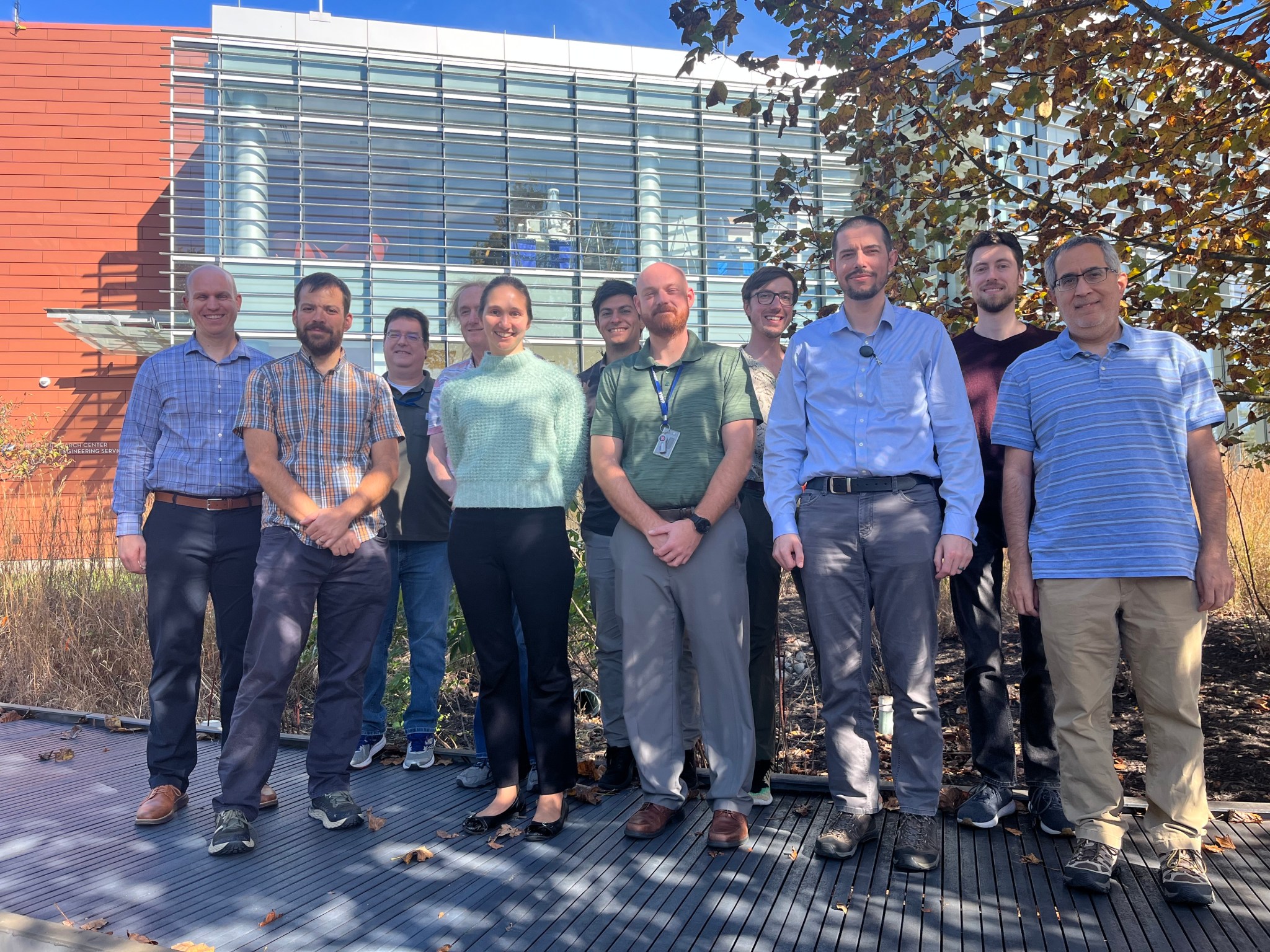 Members of the NASA team responsible for developing Aviary, a new computer-based digital modeling tool for designing aircraft, pose for a group picture outside an office building at the Langley Research Center in Virginia. Front row from left: Eric Hendricks, Rob Falck, Jennifer Gratz, Ben Phillips, Eliot Aretskin-Hariton, and Ken Moore. Back row from left: Darrell (DJ) Caldwell, Greg Wrenn, Carl Recine, John Jasa, and Jason Kirk.NASA / Rich Wahls Expanded Capabilities Learning specific, tailored information ahead of time can inform researchers what direction the aircraft design should take before doing costly flight tests.
Members of the NASA team responsible for developing Aviary, a new computer-based digital modeling tool for designing aircraft, pose for a group picture outside an office building at the Langley Research Center in Virginia. Front row from left: Eric Hendricks, Rob Falck, Jennifer Gratz, Ben Phillips, Eliot Aretskin-Hariton, and Ken Moore. Back row from left: Darrell (DJ) Caldwell, Greg Wrenn, Carl Recine, John Jasa, and Jason Kirk.NASA / Rich Wahls Expanded Capabilities Learning specific, tailored information ahead of time can inform researchers what direction the aircraft design should take before doing costly flight tests.
Instead of having to use built-in estimates for certain parameters such as a battery’s power level, as would be done with past tools, Aviary users can easily use information generated by other tools with specific information catered to batteries.
Another capability Aviary touts is gradients. A gradient, essentially, is how much a certain value affects another value when changed.
Say a researcher is considering how powerful a battery should be to successfully power an aircraft. Using older systems, the researcher would have to run a separate simulation for each battery power level.
But Aviary can accomplish this task in one simulation by considering gradients.
“You could tell Aviary to figure out how powerful a battery should be to make using it worthwhile. It will run a simulated flight mission and come back with the result,” Gratz said. “Older tools can’t do that without modification.”
Aviary can simulate all these concepts simultaneously – no other modelling tool can easily consider prior legacy tools, separate tools introduced by users, and gradients.
“Other tools have some of these things, but none of them have all of these things,” Gratz said.
What’s more, Aviary comes with extensive documentation.
“Documentation is another important part of Aviary,” Gratz said. “If nobody can understand the tool, nobody can use it. By having a good record of Aviary’s development and changes, more people can benefit. You don’t have to be an expert to use it.”
NASA’s Glenn Research Center in Cleveland, Ames Research Center in California, and Langley Research Center in Virginia contributed to Aviary.
About the AuthorJohn GouldAeronautics Research Mission DirectorateJohn Gould is a member of NASA Aeronautics’ Strategic Communications team at NASA Headquarters in Washington, DC. He is dedicated to public service and NASA’s leading role in scientific exploration. Prior to working for NASA Aeronautics, he was a spaceflight historian and writer, having a lifelong passion for space and aviation.
Facebook logo @NASA@NASAaero@NASA_es @NASA@NASAaero@NASA_es Instagram logo @NASA@NASAaero@NASA_es Linkedin logo @NASA
Keep Exploring Discover More Topics From NASA Artemis

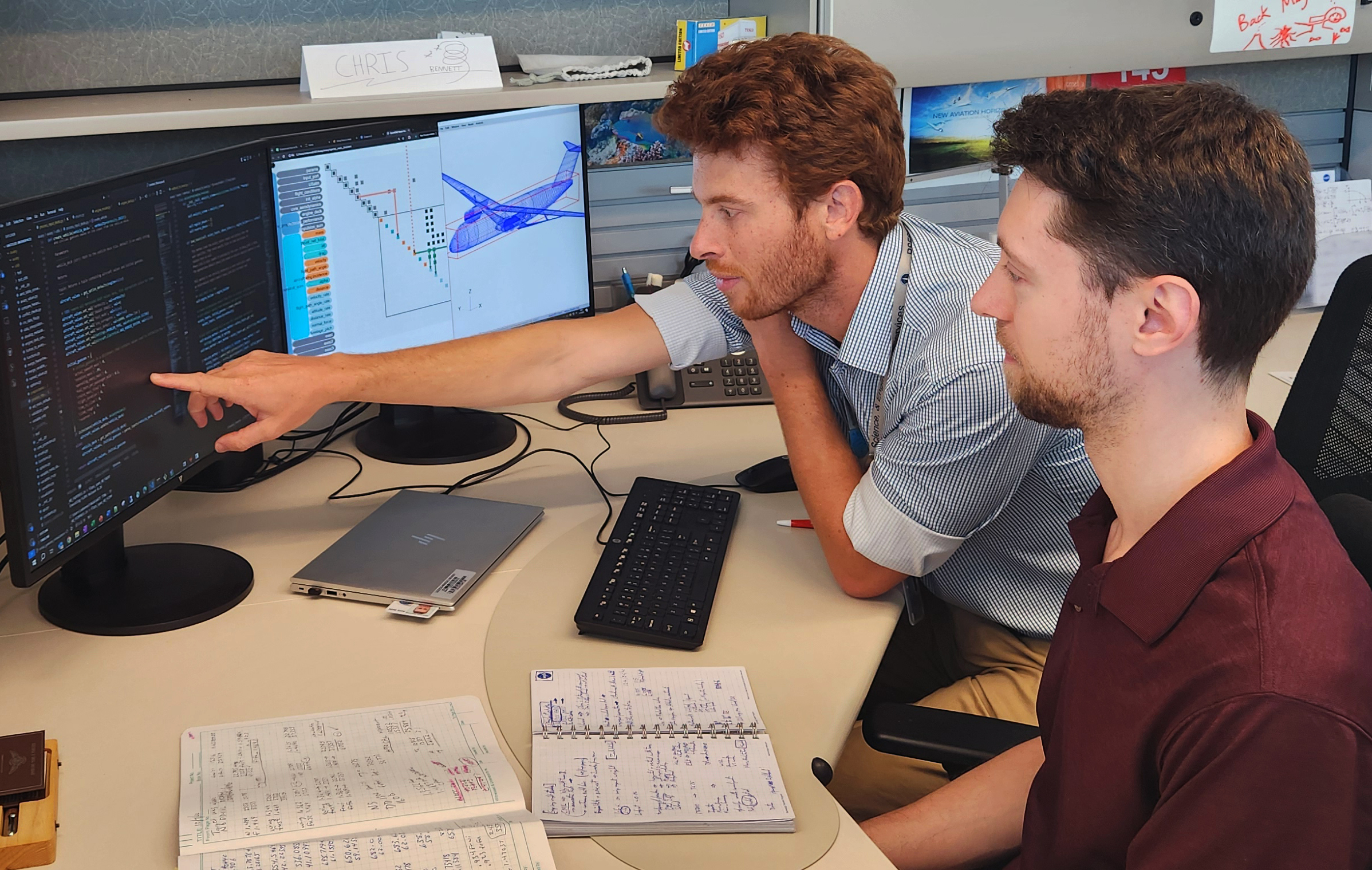
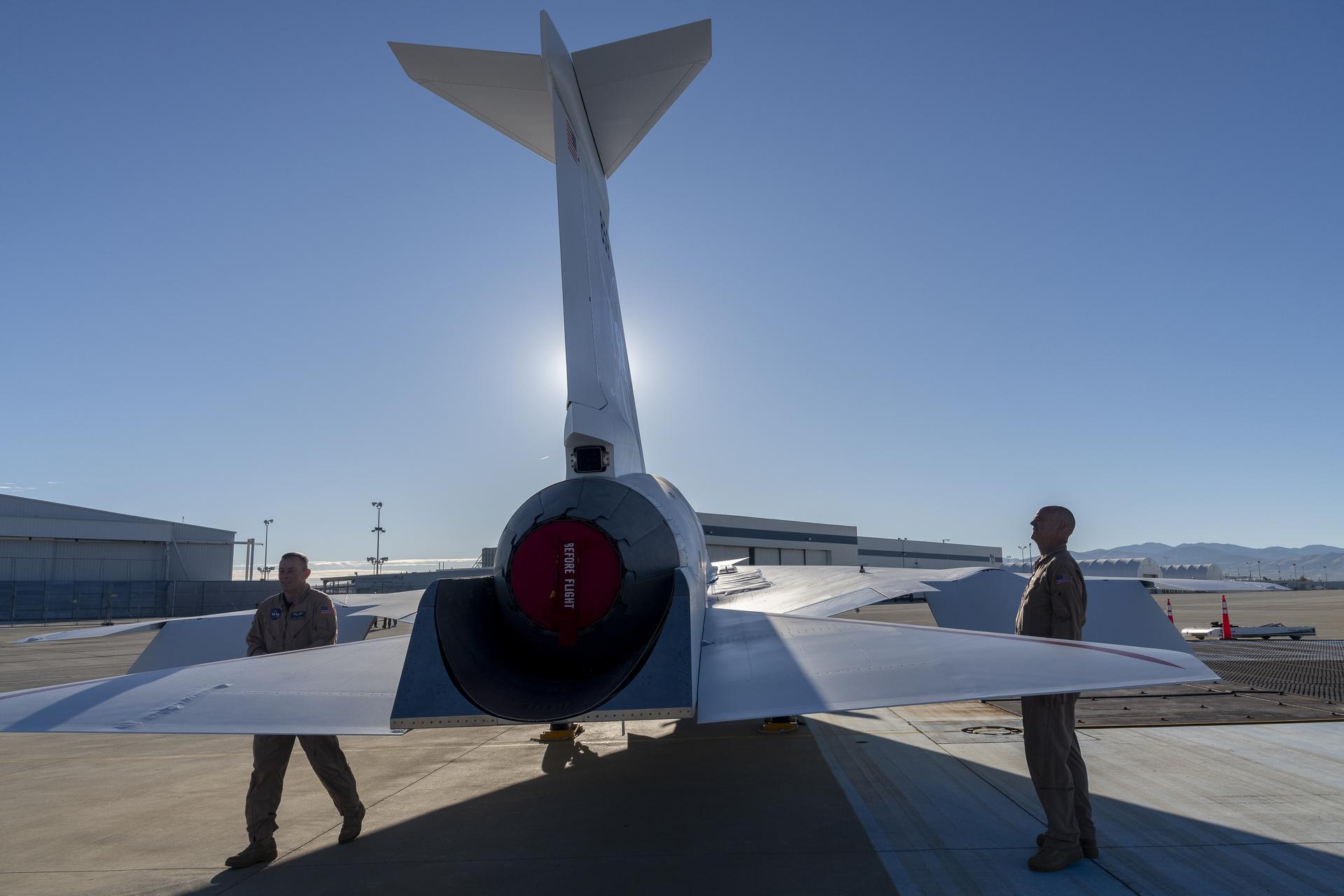 4 min read NASA’s X-59 Passes Milestone Toward Safe First Flight Article 2 days ago
4 min read NASA’s X-59 Passes Milestone Toward Safe First Flight Article 2 days ago 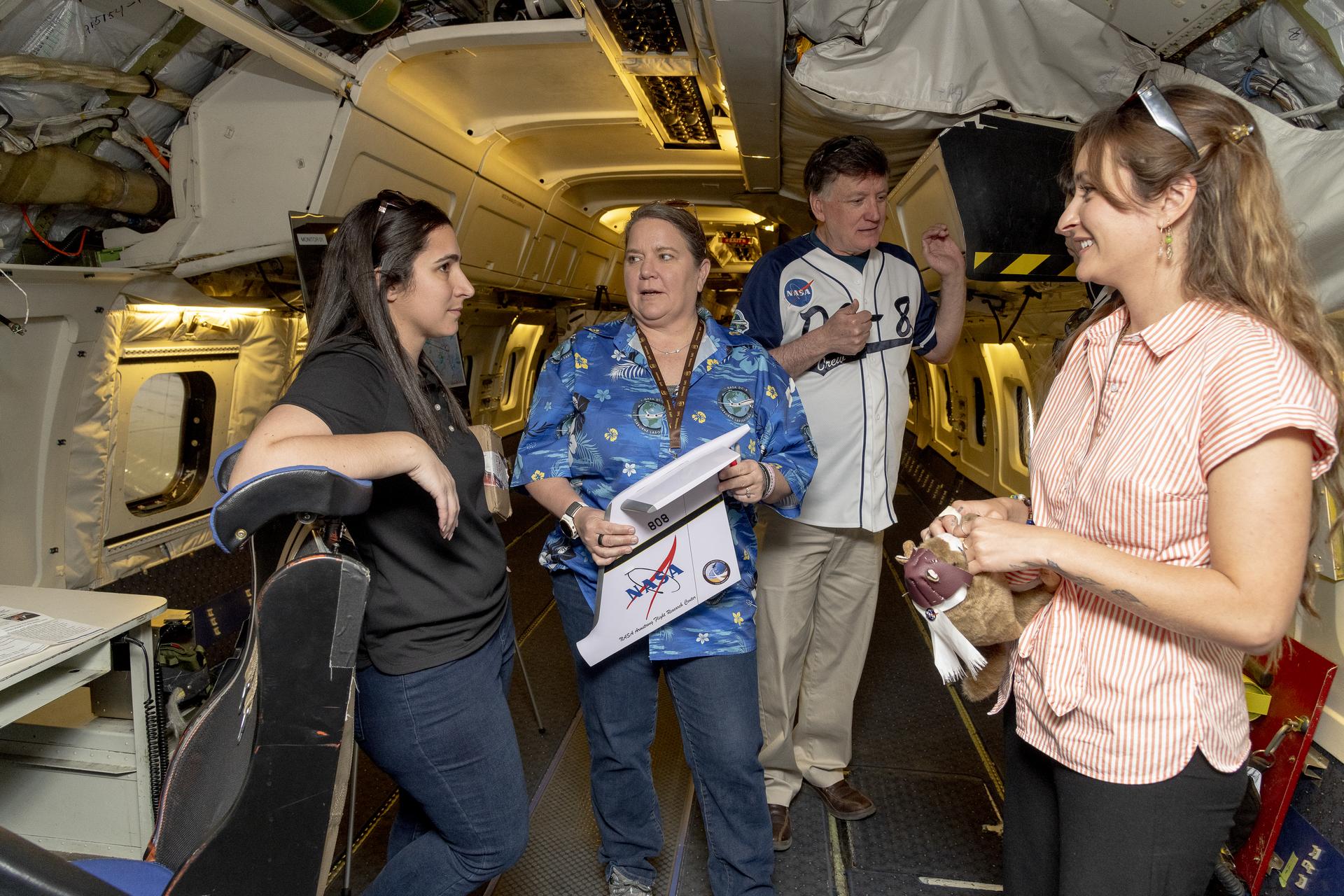 4 min read NASA Teammates Recall Favorite Memories Aboard Flying Laboratory Article 3 days ago
4 min read NASA Teammates Recall Favorite Memories Aboard Flying Laboratory Article 3 days ago 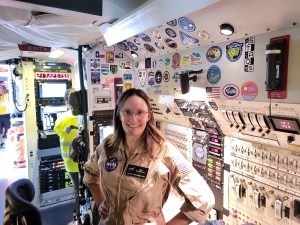 5 min read Meet NASA Women Behind World’s Largest Flying Laboratory Article 4 days ago
5 min read Meet NASA Women Behind World’s Largest Flying Laboratory Article 4 days ago 

